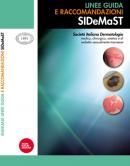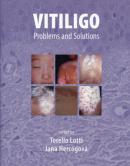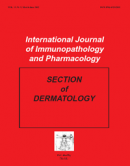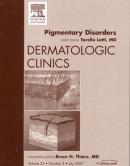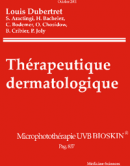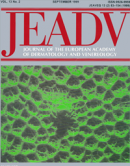
Exposure to sun
From a photobiological points of view, patches of vitiligo are characterized by the absence of one of the major defence factors against ultraviolet radiation: melanin. In the absence of melanin the minimum threshold for the development of erythema is reduced and thus the risk of phototoxic reactions is high, even after exposure to a modest amount of sun. For this reason it is essential that people with vitiligo protect themselves against sunlight.
Keeping well covered is the most obvious method of protection, although material with a loose weave and light colour, especially if wet, can be crossed by a harmful amount of ultraviolet rays. Furthermore, some activities cannot be carried out dressed and some parts of the body, such as the face, cannot be shielded. In these cases, staying in the shade can be of help in avoiding direct sunlight, but is ineffective against reflected or scattered light, which can reach phototoxic levels. The same applies to the use of a wide-brimmed hat to protect the face.
Good use of a sunscreen is, therefore, indispensable and inevitable. The filter and excipients of this protection against the sun must be appropriate.
First of all, sunscreens must contain filters with a spectrum of absorption in the ultraviolet B (UVB) range, at a concentration sufficient to ensure a factor of protection of 30 or more.
However, the creams should also contain a filter for ultraviolet A (UVA) rays because, in the case of prolonged exposure to the sun and the use of only UVB filters, harmful doses of UVA can also reach the skin.
In addition to the characteristics of the filter, great attention should also be given to the excipients, with particular regard to their water-resistance or water-repellent properties, since most exposure to the sun during either recreational activities or working in the open air leads to sweating or contact with water. Finally, it is worth remembering that the both the amount (about 20 gr per square metre of body surface area) and the frequency (at least every 2-3 hours) of the protection applied must be adequate.
The importance of optimal photoprotection obviously increases in situations of greater sunlight in which skin-burning amounts of radiation can be reached in very short times. This occurs more easily in the summer and during the central hours of the day.
We suggest that the same protective cream is also applied to the skin close to the white patches, both in order to prevent sunburns to these areas with a risk of extension of the lesions due to reactive isomorphism (Koebner’s phenomenon) and to avoid simple tanning that could lead to an unwelcome accentuation in the difference in colour between the tanned, normal skin and the patches of vitiligo.
A significant increase, but not in itself sufficient, of the minimum phototoxic threshold of the areas affected by vitiligo can be obtained by a cycle of exposure to solar ultraviolet radiation or UVB rays, which are more efficient than UVA rays for this purpose, from artificial sources. These increase the filtering capacity of skin, which shows hyperplasia of its external layers and an increase in the thickness of the stratum corneum.







